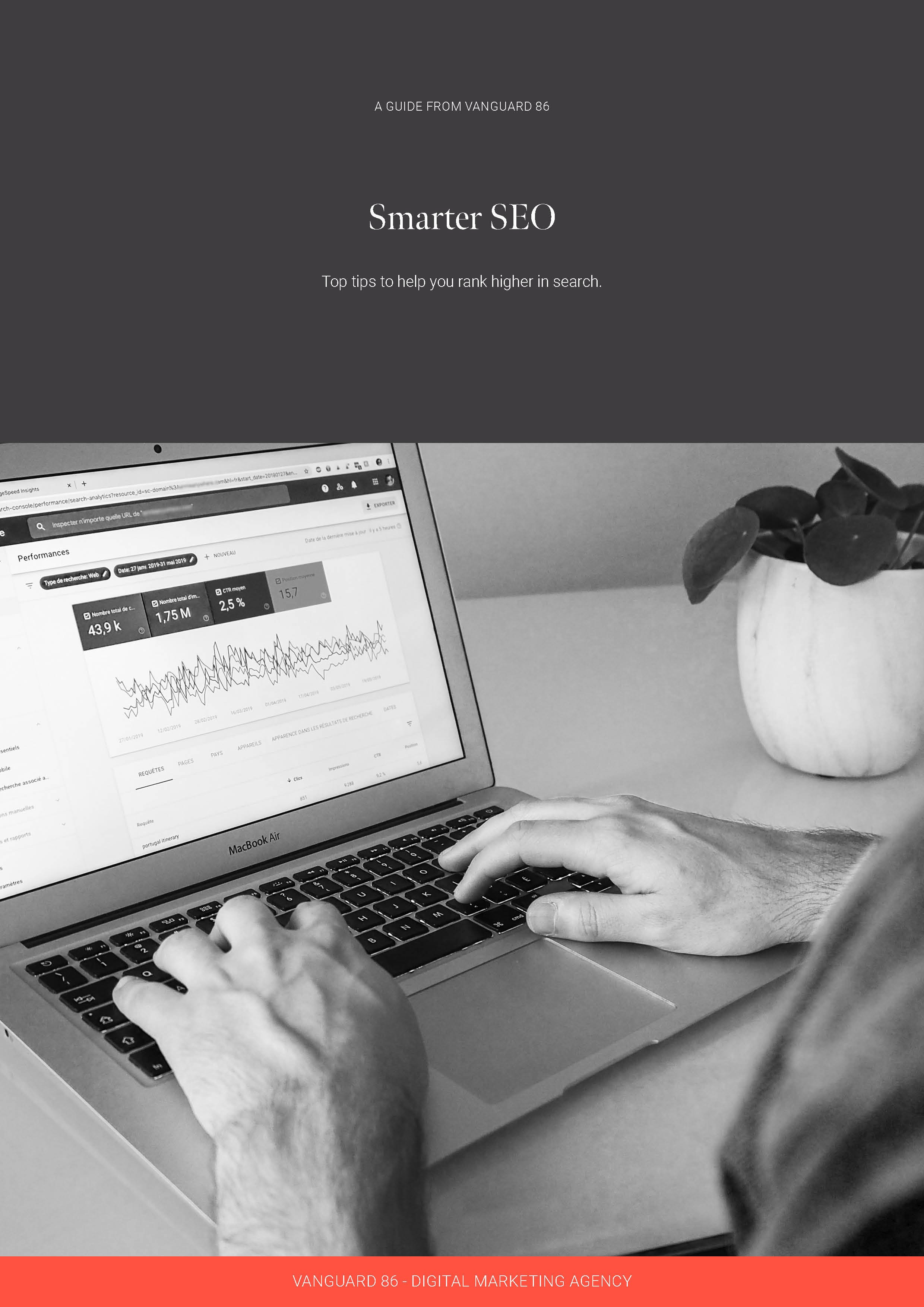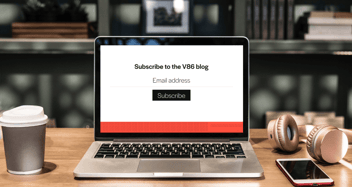How to effectively segment your email database

Email marketing can sometimes feel like a bit of a guessing game - how do you really know that your audience is enjoying the content you send? Yet three quarters of companies agree that email offers "excellent" to "good" ROI.
If you're flicking off a monthly or weekly email to your database and feeling like that's the job done, then you may be accidentally spamming your hard-won customers! These people all came to you because they were interested in your product or service at some point in their buying journey. Understanding that reason and using it to supply them with more valuable communications, is the core of an effective email marketing strategy. DMA findings states that 77% of email marketing ROI came from segmented, targeted and triggered campaigns.
Most of that value can be achieved by effectively segmenting your email database. Doing so can have a massive impact on your business, as you will be able to send more relevant information to your database and connect with your audience more meaningfully. This can result in significant increases in the likelihood of higher engagement and action on your emails.
Email segmentation has a proven impact on email effectiveness. Recipients are 75% more likely to click on emails from segmented campaigns then non-segmented campaigns, as the content will be more relevant to them. Despite this 42% of marketers do not send targeted email messages.
What do you need to segment your database?
Email segmentation can only happen when you have enough relevant information about your contacts. This can include explicit data and implicit data collection. Explicit data is information that has actively been provided by a contact, like email address, job role, company industry etc. Implicit data covers information that is passively given to you, like user behaviour on your website, IP location or anything else gathered by website cookies.
Ultimately, you can only segment a database by the data present in said database. If your CRM, or email marketing database, is lacking information on the contacts it contains then you may find your segmentation options are limited.
To then effectively implement email segmentation, you need to make sure you have an email sending platform that is capable of gathering this data and segmenting your contacts effectively. There are many platforms that can segment lists of people. Mailchimp, HubSpot, ActiveCampaign are just a few of them.
The fact is, the more data you gather on your customers or prospects the better the segmentation. And the better the segmentation, the more relevant the emails you send. It's a win-win for everybody!
How to effectively segment your email database
Database segmentation is the creation of groups based on similar interests or patterns. This could be geographic (e.g. contacts based in the South Island), demographic (females between 30-50), or behavioural (purchased in the last 12 months).
There are dozens of ways to segment your database, and they can even be segmented by several different interests and elements. The key is to not go crazy with segmentation that ends up becoming quite complex. Choose the segments that are most important to your business at the time, or the segments that will find the information you want to send most useful (remember to revert back to your buyer personas to understand this). People are usually willing to provide you with their information if they think it is relevant to the context of your business - so keep your questions relevant and try not to pry where it is unnecessary.
Some ways you could segment your database include; all contacts from Christchurch who have ever purchased from your business, or female procurement managers in the warehousing industry. Here are a few more examples:
Job role
This data is usually quite important to B2B businesses, and therefore quite easy to collect from your contacts. Add this as a field in your forms and then look for similarities to group them together, and look for ways this relates to your buyer personas.
Industry
This is another one that's usually important for B2B businesses. If your marketing platform has workflows and your website has industry relevant pages, then you could even change a company or contact's industry based on the web pages they visit. Someone really keen on hay sheds, may be a farmer!
Company size (by employees or revenue)
This is a great field to use when prospecting a target organisation, to make sure they meet your sweet spot. It can also help you tailor communications to suit the organisations hierarchy, and understand the decision making process involved with your personas buy-in decision.

If it's relevant, you can also ask your contacts what their annual revenue is like. But remember to ask this one later on in their relationship with you once you've developed some trust with them.
Geographic location
Asking this as a question on a form can be very easy, especially if location could play a part in giving someone an accurate quote for delivery or product availability. Even if you can't ask this question, quite a few marketing platforms can use the IP address location of the device that visited your website or opened an email to estimate that person's city.
If your marketing platform has marketing automation then you could update the city field for the contact based on their IP address.
Purchase history
Synchronising your ecommerce platform can enable sales information to be sent into a contact's profile in your database. This will enable segmentation based on products purchased, frequency of purchase or value of purchase - depending on the ecommerce system used.
This can be great if you're updating or replacing a product and want to inform regular purchasers, or to up-sell new products to people based on a similar product.
Sales stage (prospect, qualified lead, customer)
In many businesses, especially ones that sell high-value products or services, there's a long and considered buying process. For many of these people enrolling them on promotional sales emails while your sales team are trying to win the business can be a negative to their experience.
Likewise, a customer doesn't need to hear why you should buy from them because they already are!
Segmenting your lists based on whether a contact is a prospect or a customer will save people receiving irrelevant communications that turn them off your email campaigns. This is incredibly easy if your sales funnels are linked to your email marketing platform.
In summary, database segmentation is a win-win. You, as the email marketer, get to see your open and click rates increase because people actually want to engage with your emails. And as a customer you aren't being spammed with useless clutter and don't need to jump to the unsubscribe page.
If you're ready to jump on board with better database segmentation, start by reviewing your buyer personas to gain a thorough understanding of which people and information are meaningful for your business. Don't have buyer personas? Get started by downloading our free guide to creating buyer personas here.
Download your free guide to Smarter SEO
Good SEO can mean the difference between your business being found, or you being lost in the growing mass of online resources. This guide is designed to help you rise above your competition.
Download now





